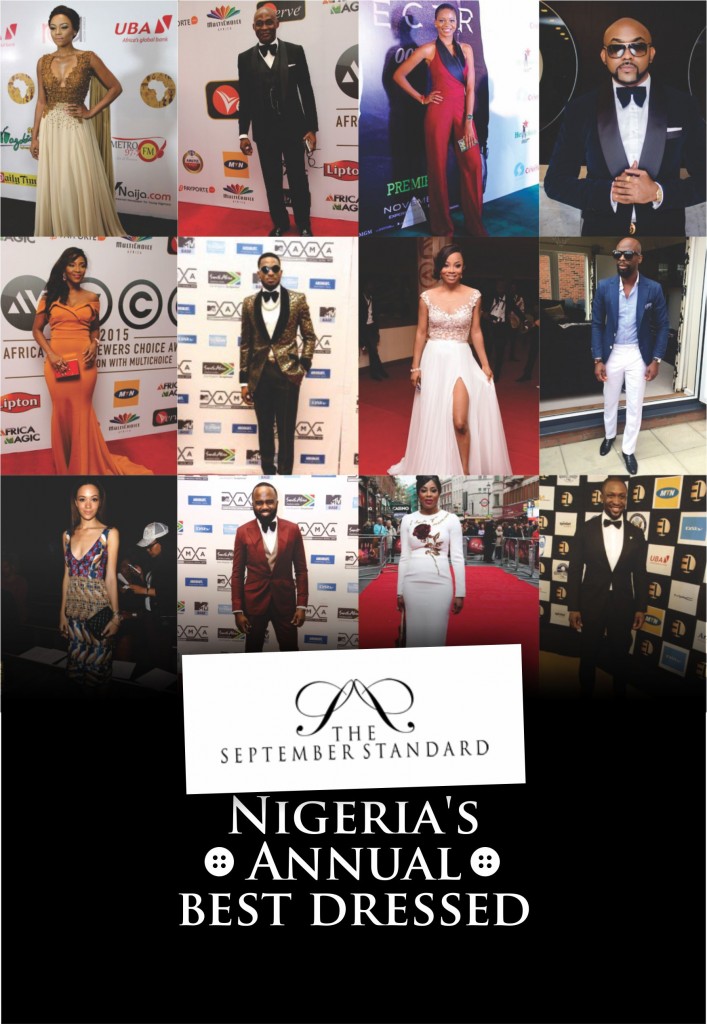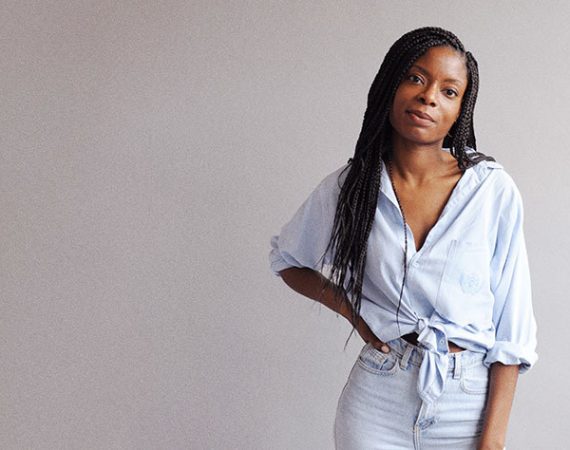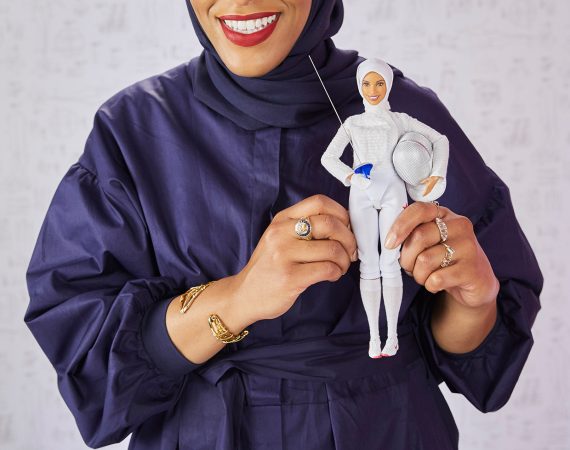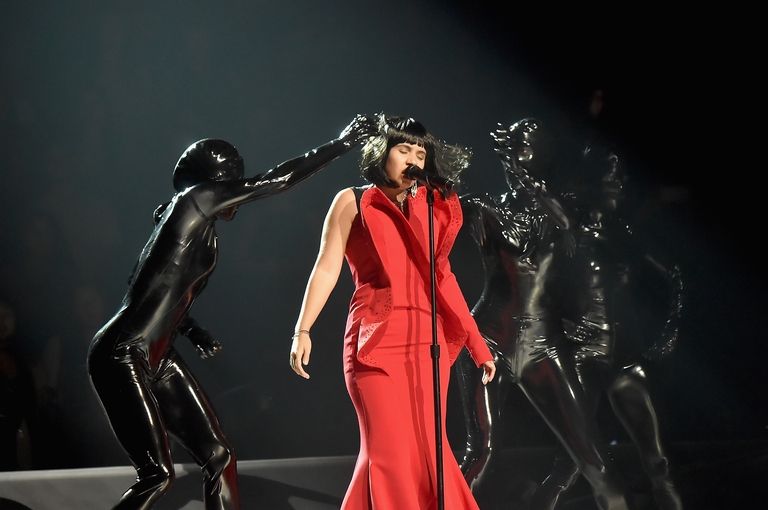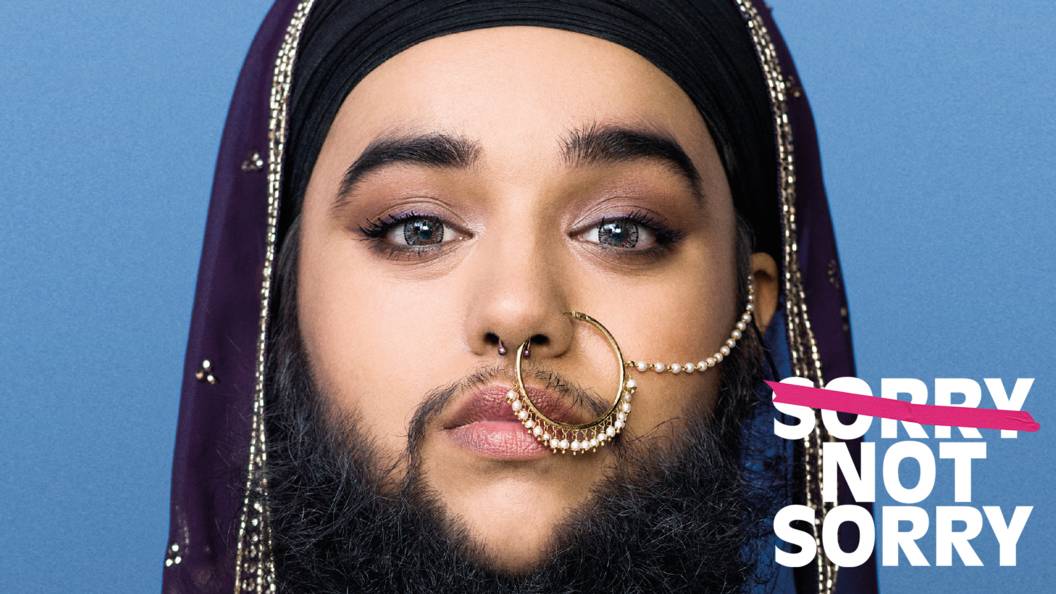If you search for Valentino along with several key words like race and appropriation, you will find hundreds of tweets castigating the Italian brand. The source of this castigation is the recently released editorial campaign for the collection which is shot on a Maasai preserve in Kenya, with white models with cornrowed hair standing sullenly as the Maasai tribesmen around them leap ecstatically into the air.
Without context, it is a hard to understand sight. And the uproar on social media and other platforms that have followed the editorial shows that just this once, agitators are crying murder without actually reading the facts.
First off, many of the insults and accusations are addressed to Signoir Valentino Garavani, the founder who has been in retirement since 2008.
Valentino is currently helmed by a woman Maria Grazia Chiuri and her co-creative director PierPaolo Piccioli.

Both designers over the last five years have shifted the focus of the Valentino brand from merely a commercial avenue for its owners, the Italian conglomerate HdP, to a socially conscious ethical brand that uses its work to speak on social issues.
The Spring 2016 collection around which all this controversy is brewing was Piccioli and Chiuri’s official statement on the refugee crisis that has taken hold of Europe in the last ten years, particularly focusing on African refugees from Nigeria, Kenya, Somalia, Ethiopia and Sudan who make the treacherous journey across the straits of Gibraltar, hoping to land in Greece or one of the Italian islands, and the many deaths that occur during and after this journey.
In the words of the designers.
“We probably feel that the greatest privilege in doing our work is that fashion can give a message. We think every person coming here is an individual, and we can show that we can improve ourselves by understanding other cultures.” – Chiuri.
“The message is tolerance. And the beauty that comes out of cross-cultural expression.” – Piccioli.
Many of the collection’s pieces were created through a meshing of African and European techniques, and sought to express that the customs that these refugees brought with them were not bad and could even enrich Europe in its first world contentment. The broad idea being that respectful borrowing could be mutually beneficial. It only stands to reason that they would follow through with this idea in their editorial and advertising campaigns.


The main drawback is that even in an editorial saturated with Africa, there aren’t nearly enough models of colour. Obviously this needs to change. This incident emphasizes two things loudly;
- We must never forget that at their core, a true designer is an artist.
- We must truly understand a thing before we form an opinion on it.

